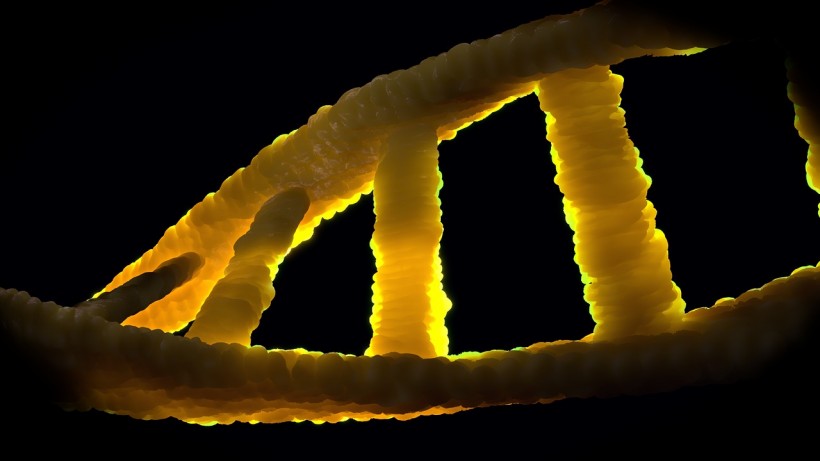The deoxyribonucleic acid (DNA) contains all the instructions needed to form an organism. It serves as the blueprint of life and is said to be extremely versatile due to its self-assembly capability.
Now chemists at the Université de Montréal have used DNA to make the world's tiniest antenna that monitors proteins' structural changes in real-time. Despite its small size that is 20,000 times smaller than the strand of hair, it can receive light in one color and transmit it back in a different color that can be detected. This novel nanotechnology can be applied in pharmaceutical industries.

World's Tiniest Antenna: Scientists Use DNA to Create Nanoantenna That Monitors the Motions of Proteins
Major Challenge in Tracking Structural Changes in Proteins
Proteins are necessary molecules in the body that support the immune system to regulate organ function. According to Science Alert, these large molecules carry out all kinds of essential tasks in the body.
Due to that, scientists want to track their structural changes in real-time. Proteins undergo constant structural changes when they transition from one state to another in a process called protein dynamics. However, current technologies cannot track these protein dynamics in action.
Their research, titled "Monitoring Protein Conformational Changes Using Fluorescent Nanoantennas," published in Nature Methods, the team explains that experimental study of protein transient states is still a major challenge today because high structural resolution techniques cannot directly be applied to study short-lived protein states.
But now, the new DNA synthesizing technology created by chemists from UdeM in Canada was 40 years in development and is programmed to fulfill its required functions in tracking proteins.
World's Tiniest Antenna Works Like A Two-Way Radio
The first DNA synthesizer was developed some four decades ago in which molecules encode genetic information, Phys.org reported. But in recent years, chemists found that DNA can also build various nanostructures and nanomachines.
Researchers said that their new technology is inspired by the "Lego-like" properties of DNA, which has building blocks that are 20,000 times smaller than human hair. They managed to create a DNA-based fluorescent nanoantenna that can characterize the function of proteins and act as a two-way radio that receives and transmit radio waves.
The team explains that the fluorescent nanoantenna receives the light in one color, depending on which protein movement it senses, and transmit the light back in another color that can be detected. They added that the receiver part of the nanoantenna is also used to sense the molecular surface of the protein through molecular interaction.
Why Use DNA to Track Proteins?
Study first author Scott Harroun, a doctoral student in chemistry at UdeM, said that one of the main advantages of using DNA to engineer nanoantennas is that its chemistry is simple and programmable.
According to ZME Science, these nanoantennas can be easily tweaked to optimize their function and size to use in various functions. For example, it made attaching a fluorescent molecule to the synthesized DNA and attaching the entire setup to an enzyme to probe its biology.
Harroun pointed out that tuning the nanoantenna design resulted in a five nanometer-long antenna that produces a distinct signal when it detects the protein if performing its biological function. Scientists believe it can play a significant role in biochemistry and nanotechnology.
RELATED ARTICLE: Male Nanocontraception: How Nanoparticles Can be Delivered to Testicles for Men's Birth Control
Check out more news and information on Nanotechnology in Science Times.














